22 Free Raw Materials transparent PNG images
Welcome to our Raw Materials image collection, showcasing 22 free AI-generated images that capture the essence of fundamental resources and materials. Browse through our diverse selection of stock photos, 3D objects, vectors, and illustrations depicting various raw materials in stunning detail. All images are available in high resolution for free download, and you can use our innovative 'open in editor' feature on any image's detail page to adjust the prompt and regenerate variations that perfectly match your vision.
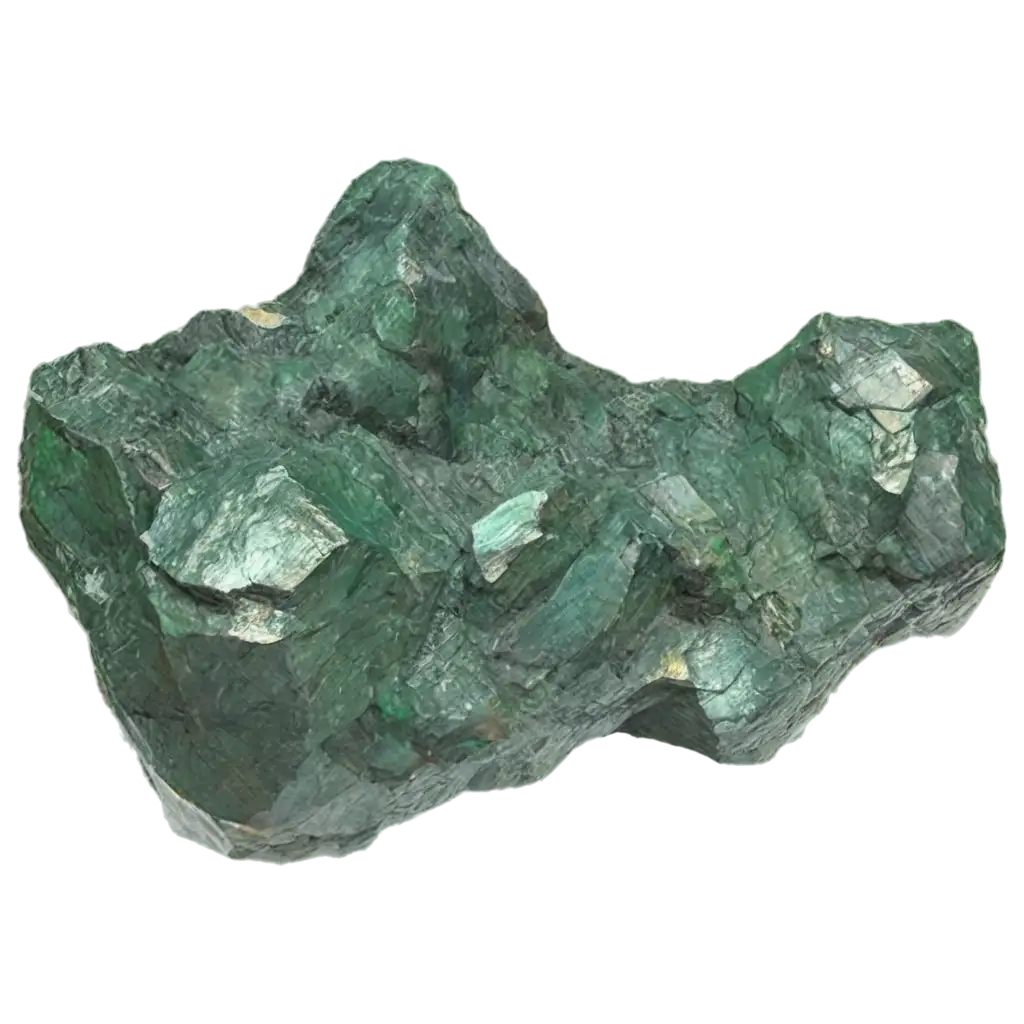
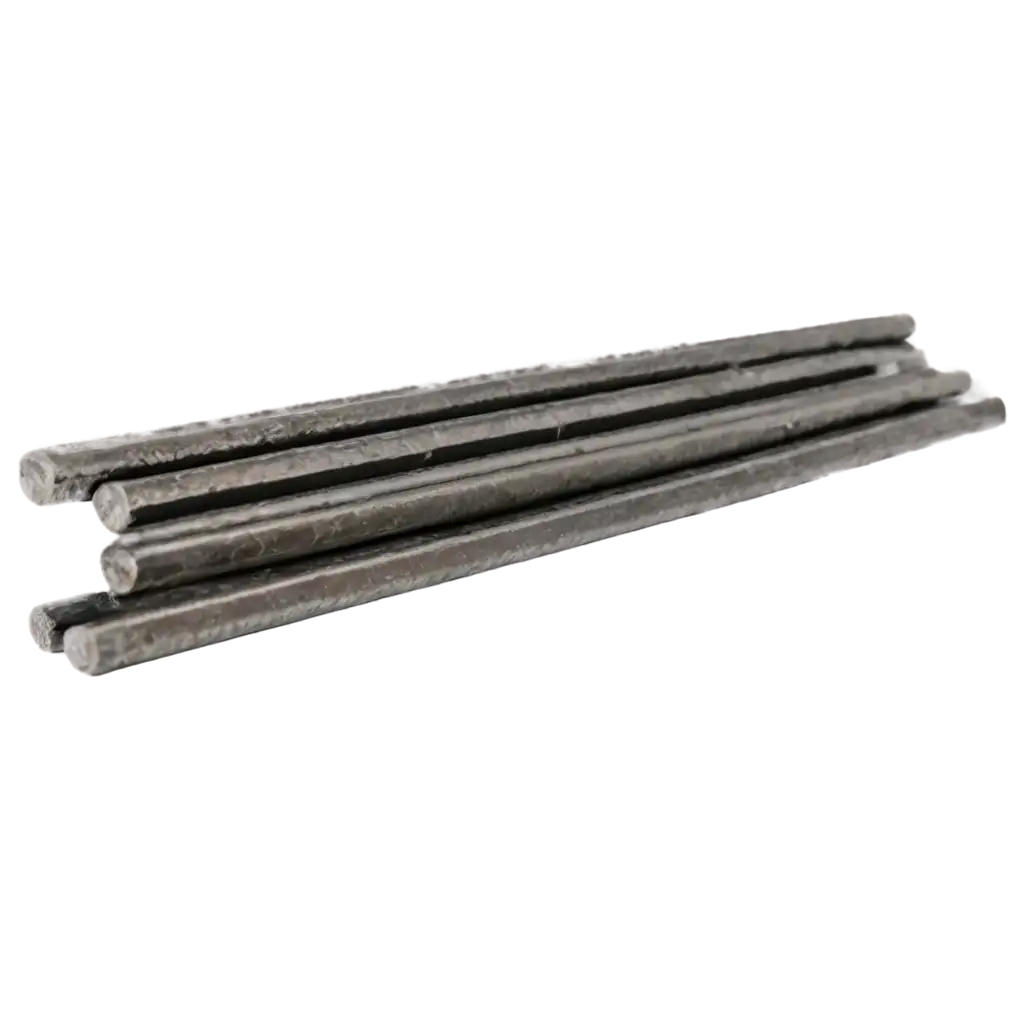
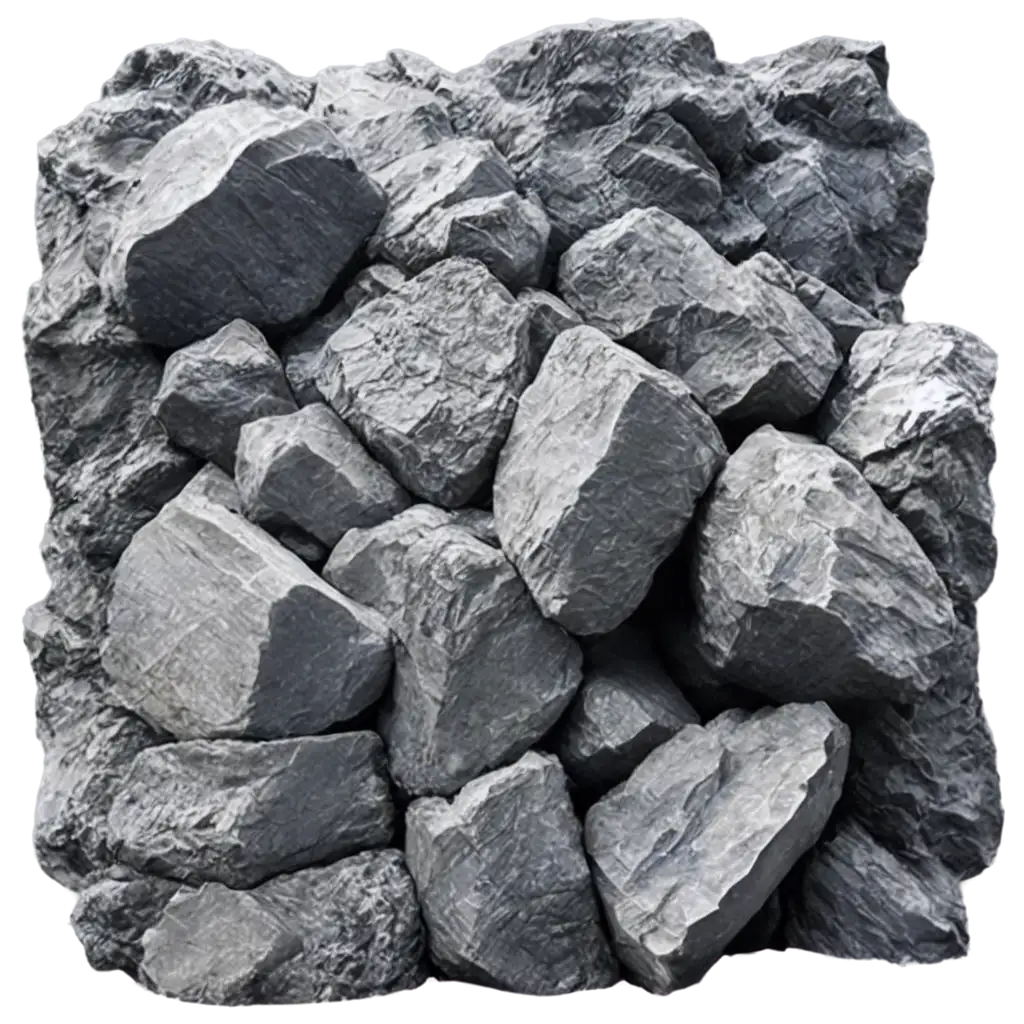
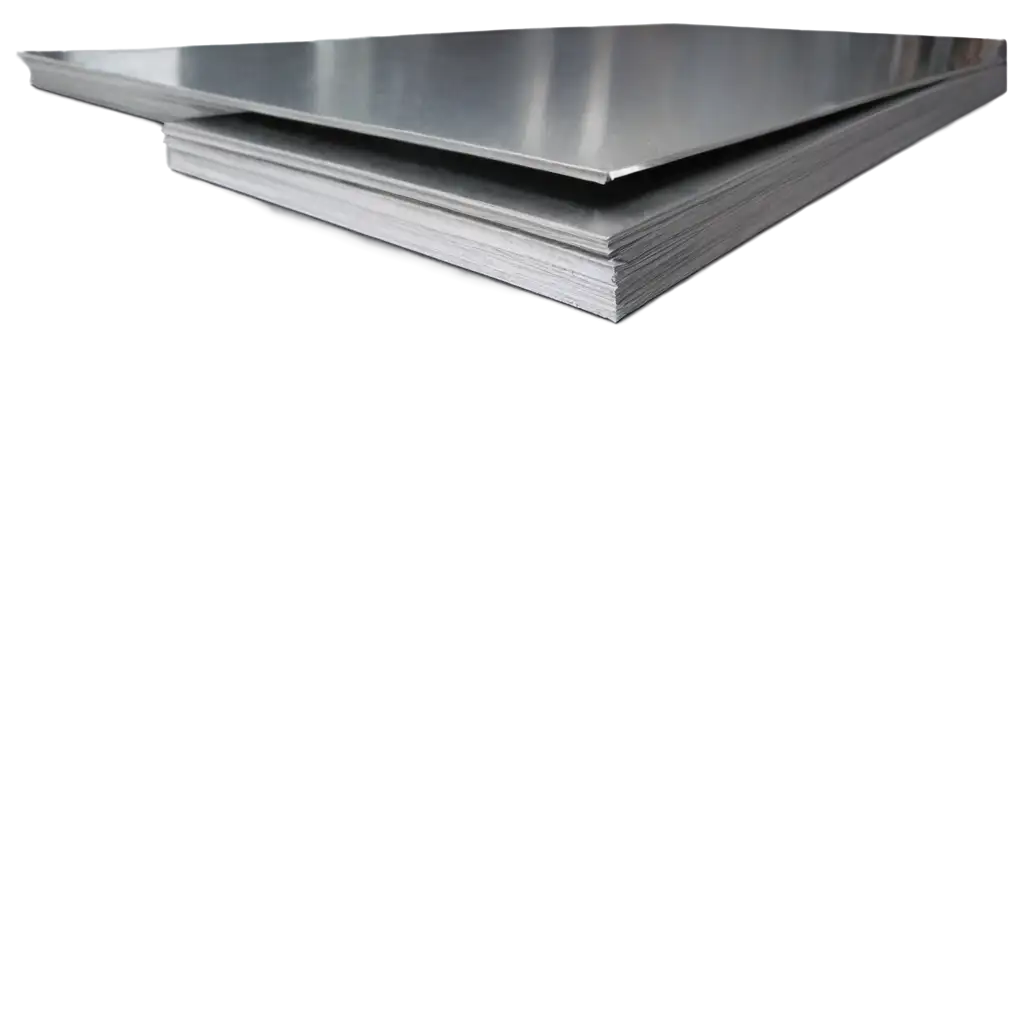
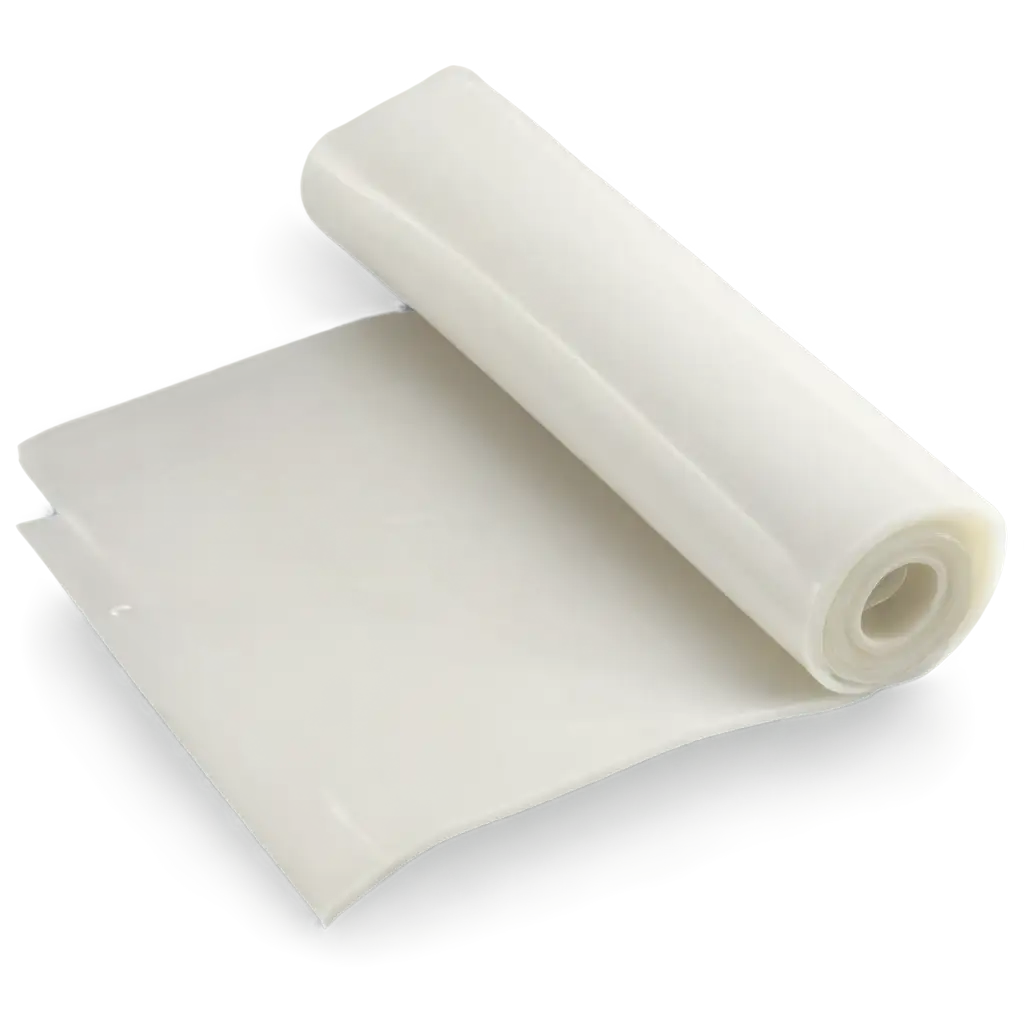
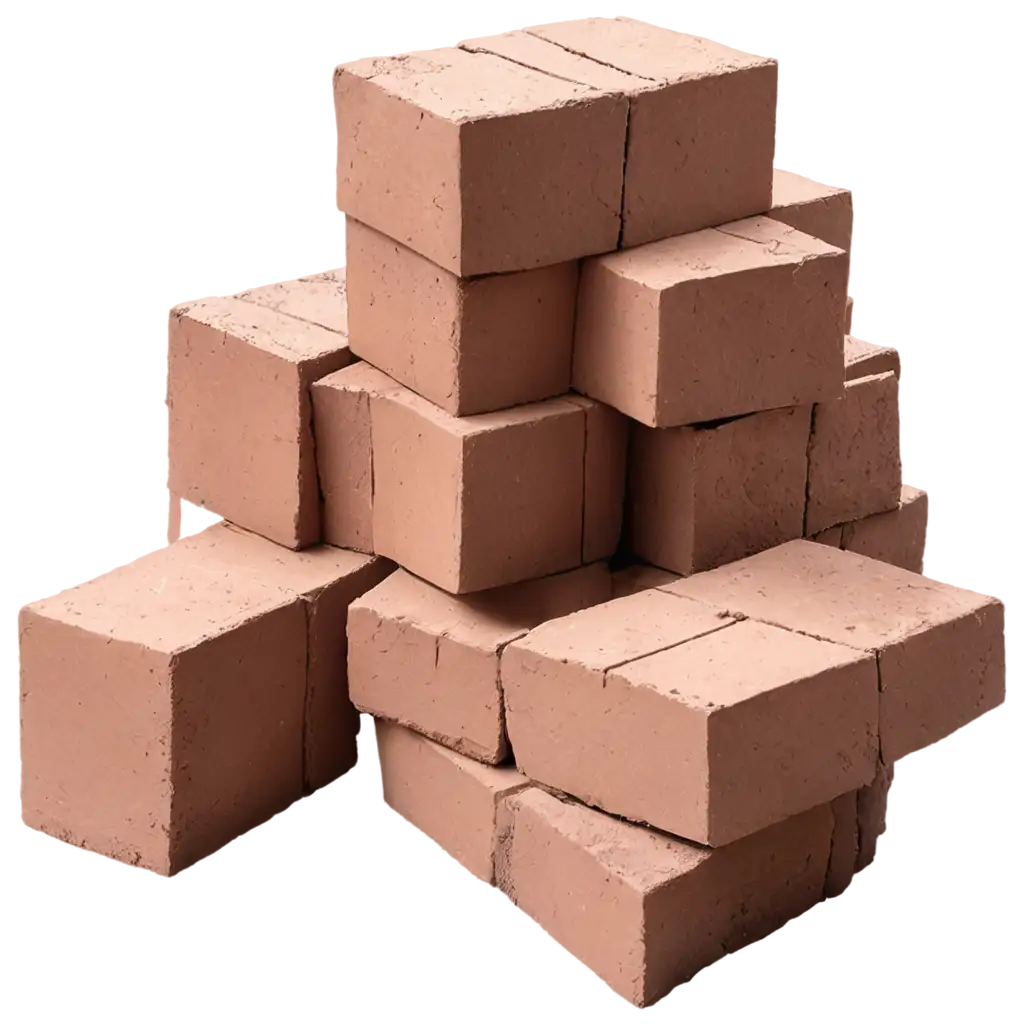
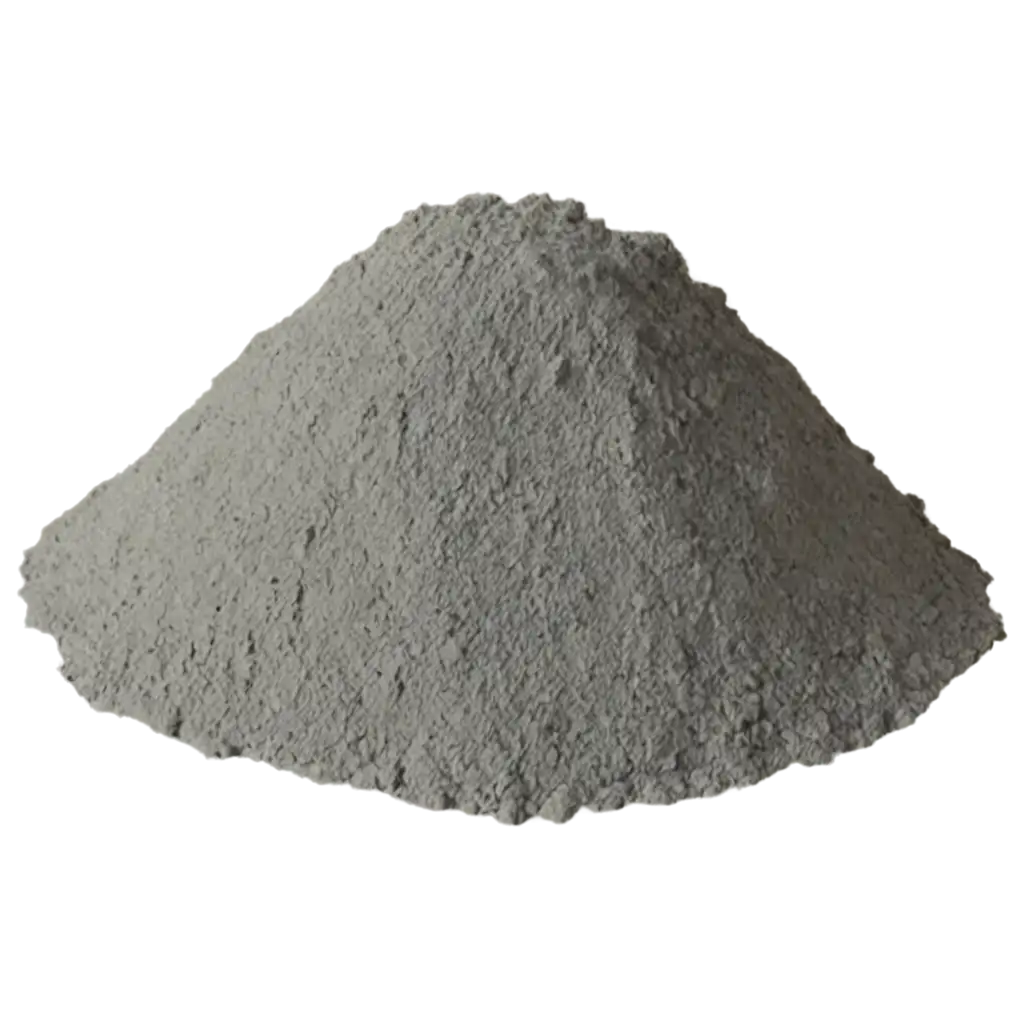

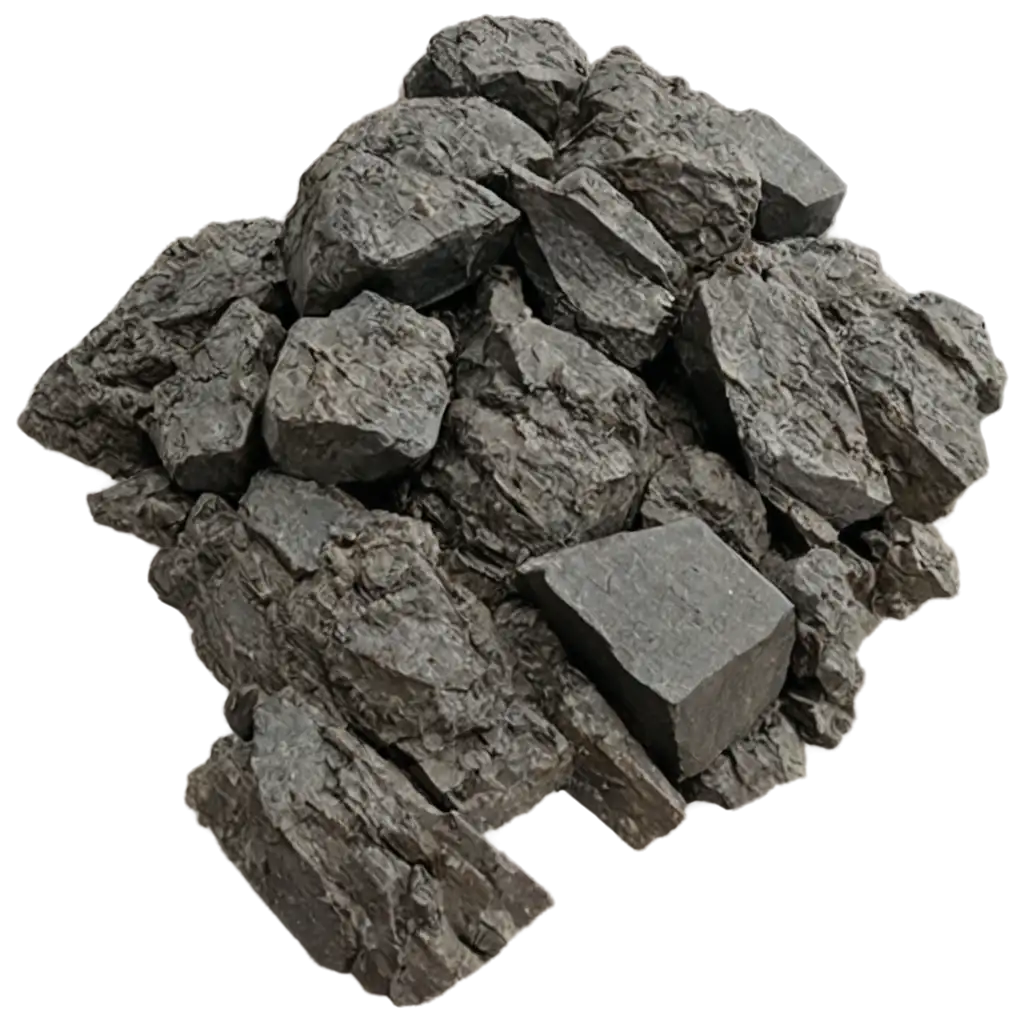
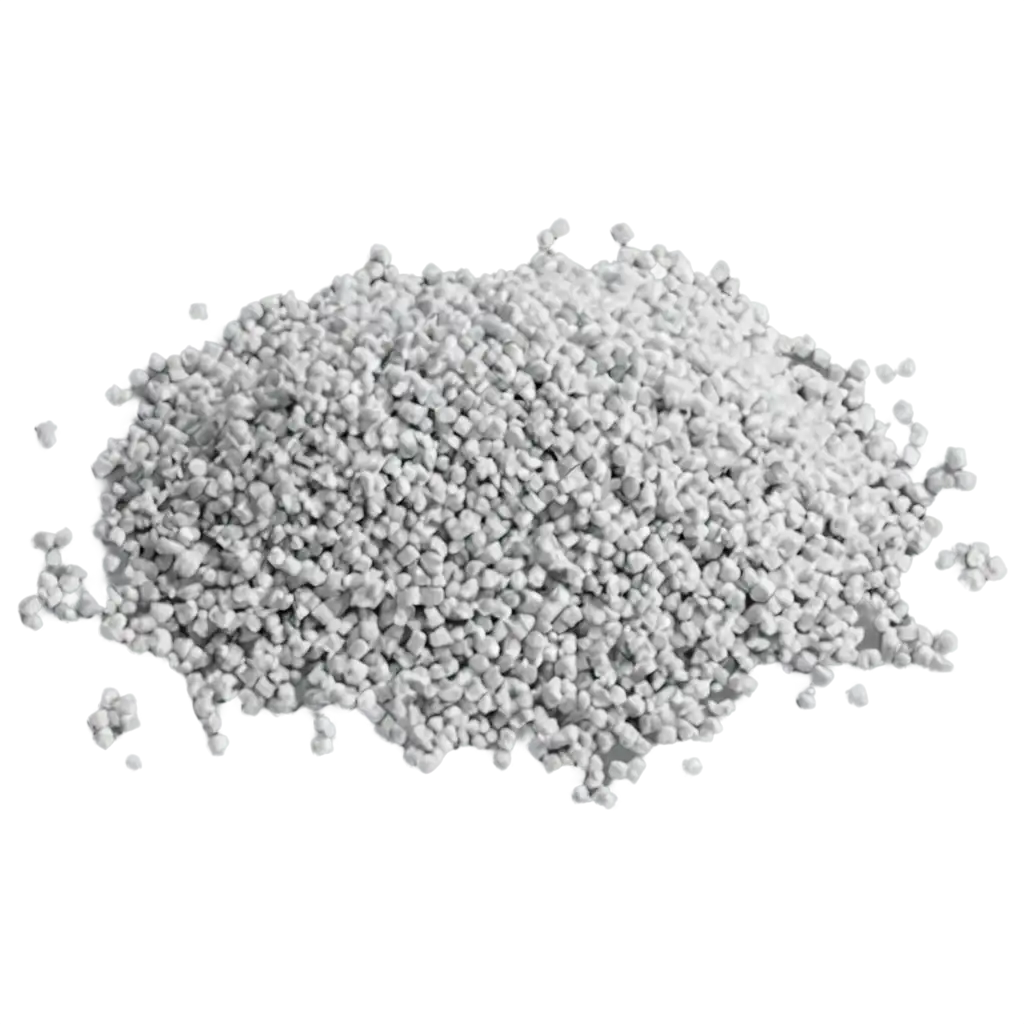
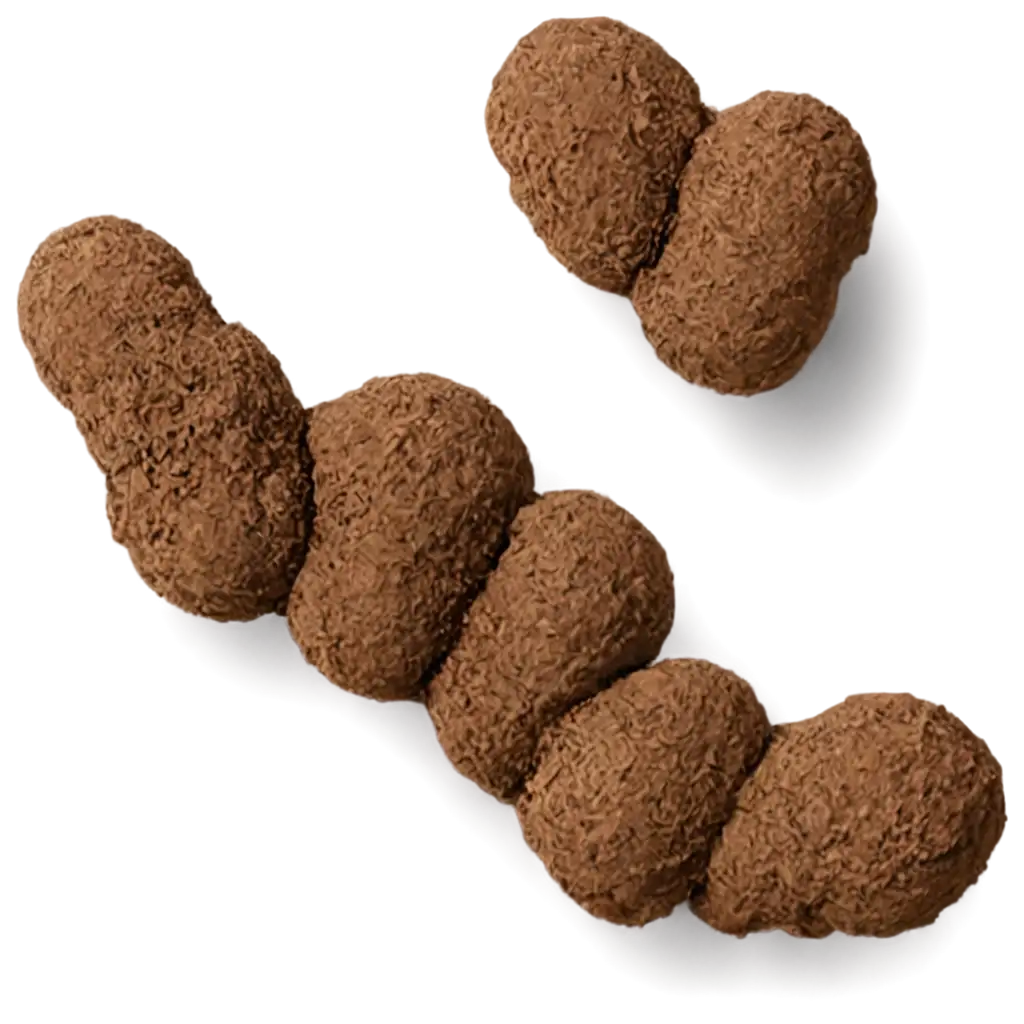
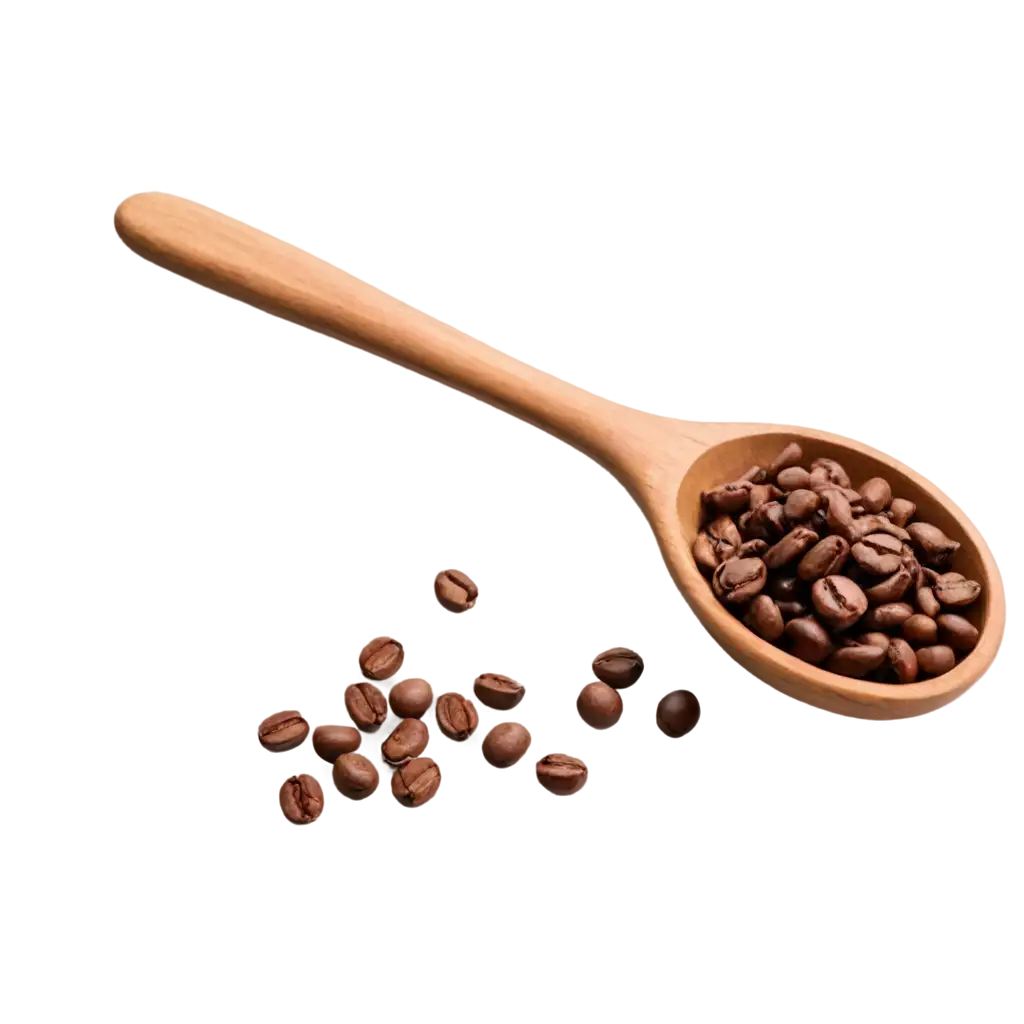
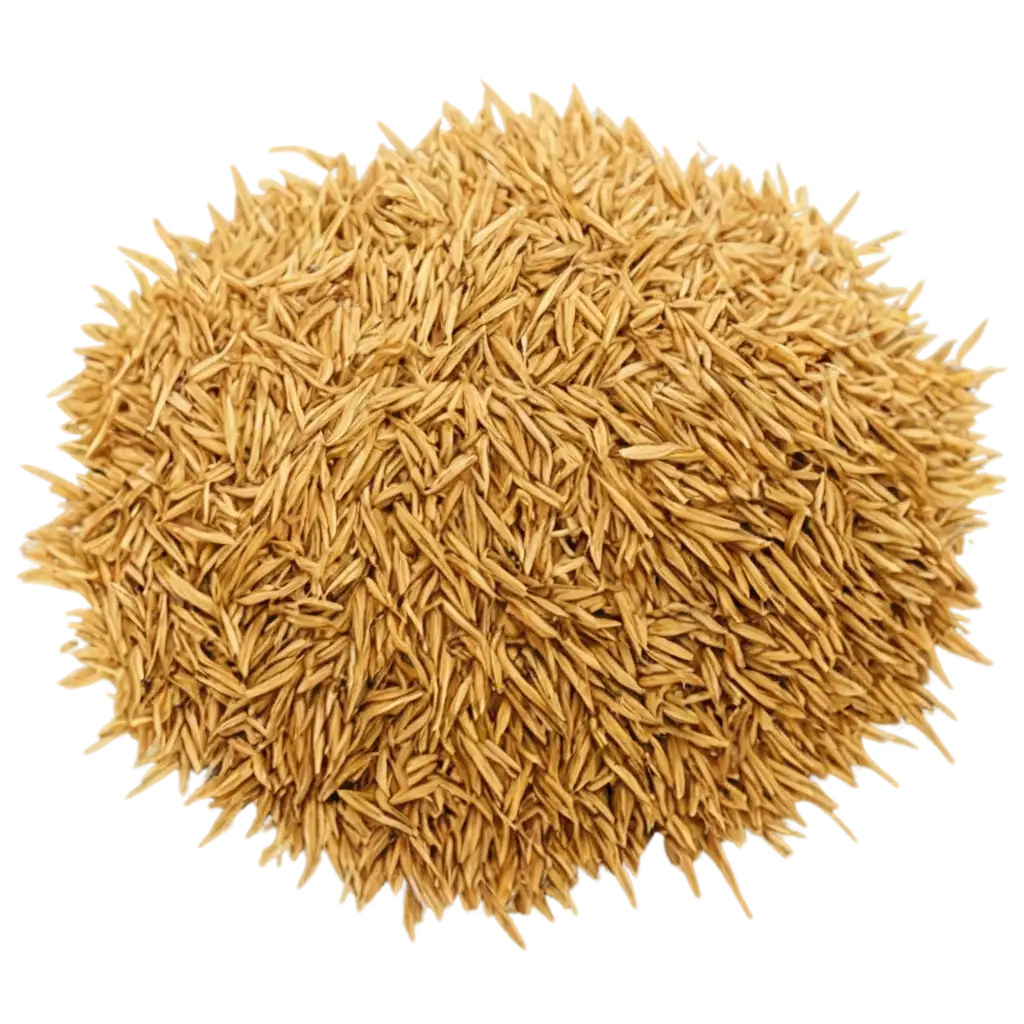
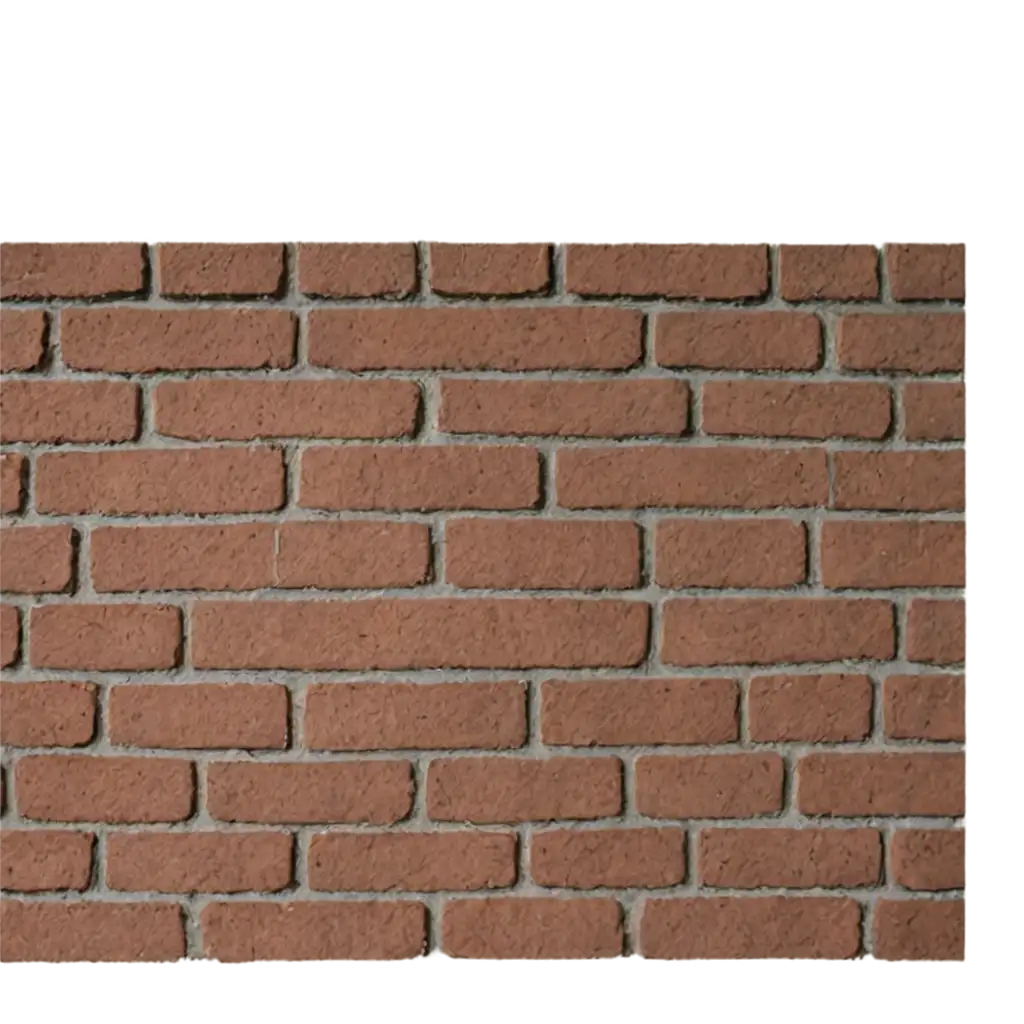
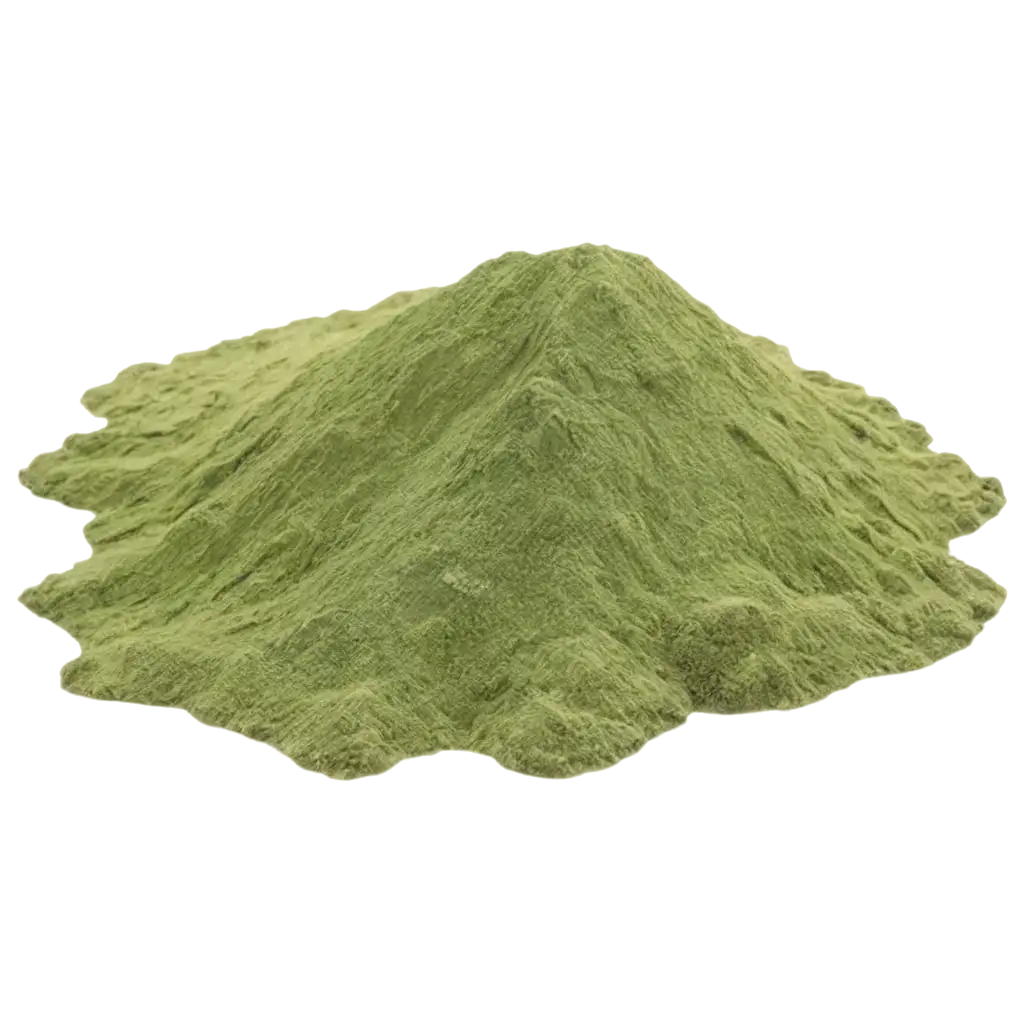
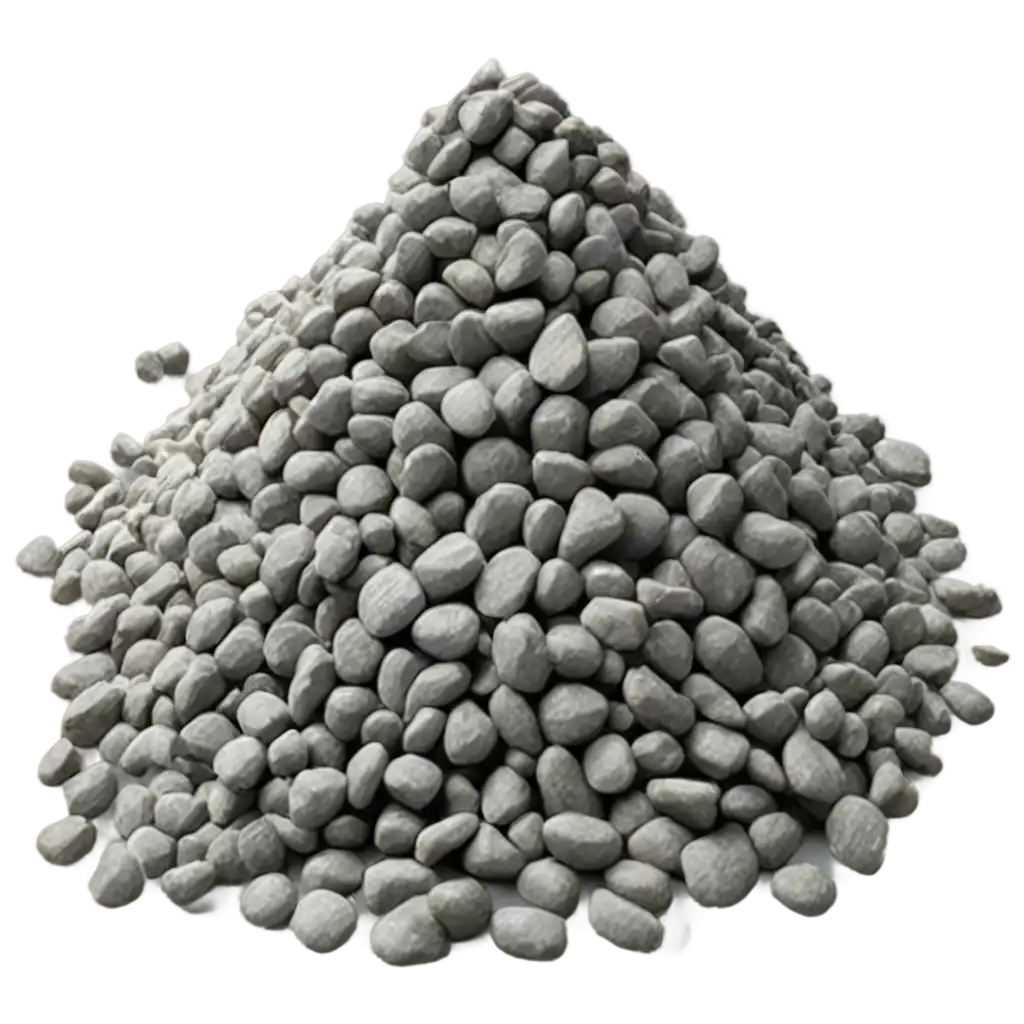

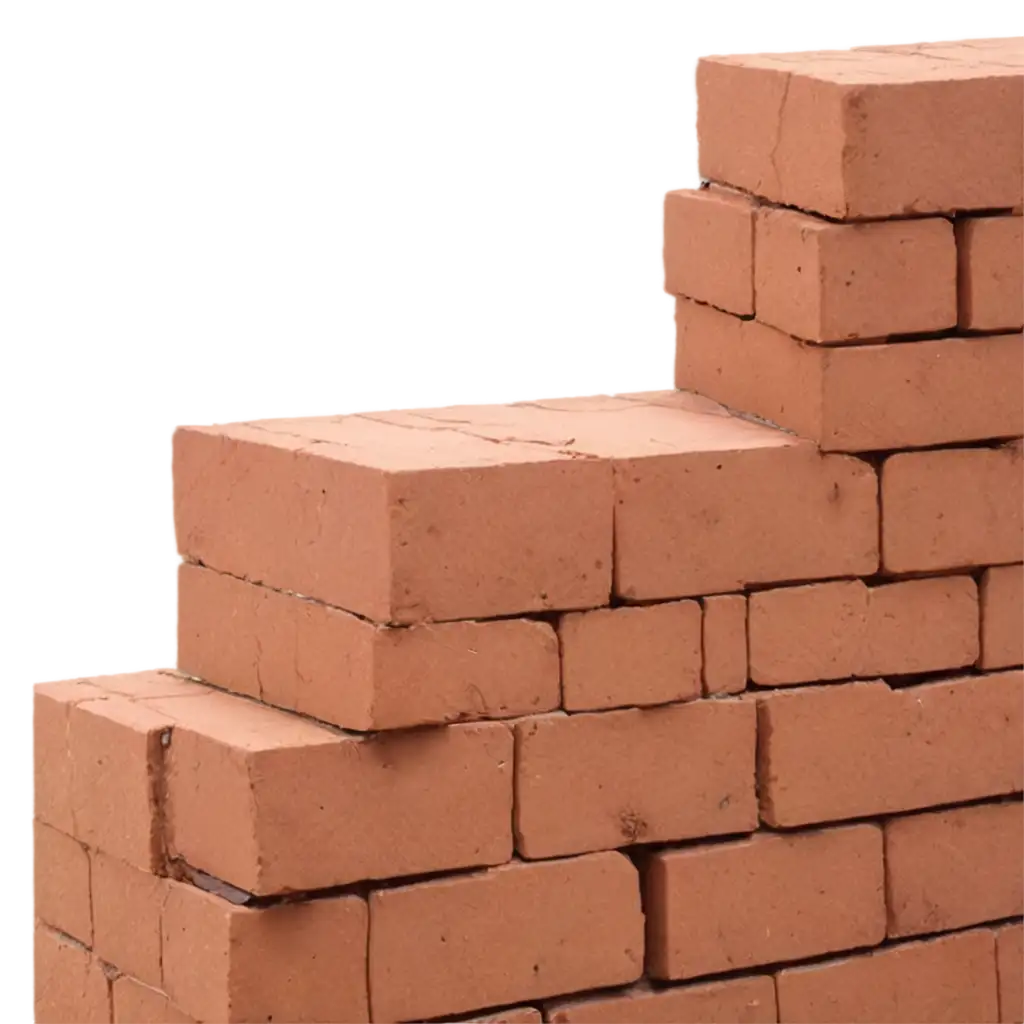
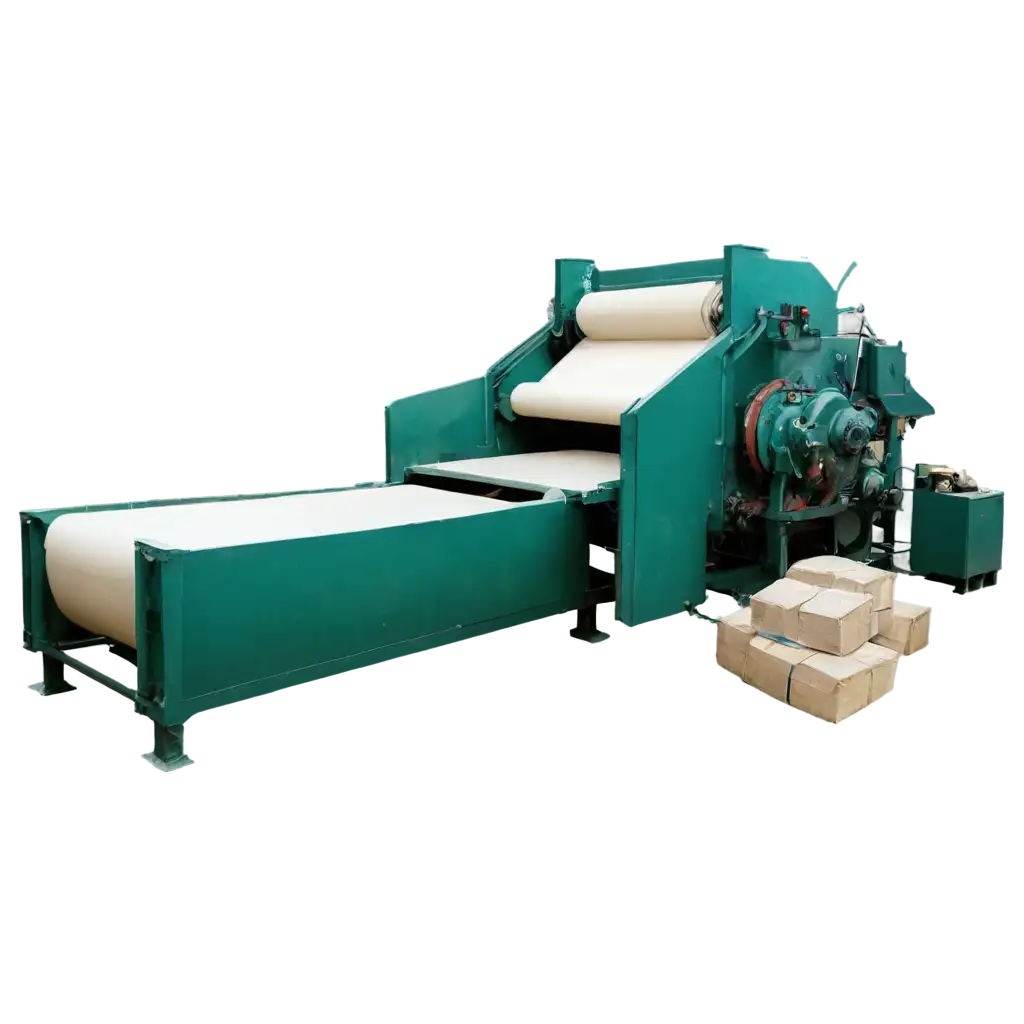
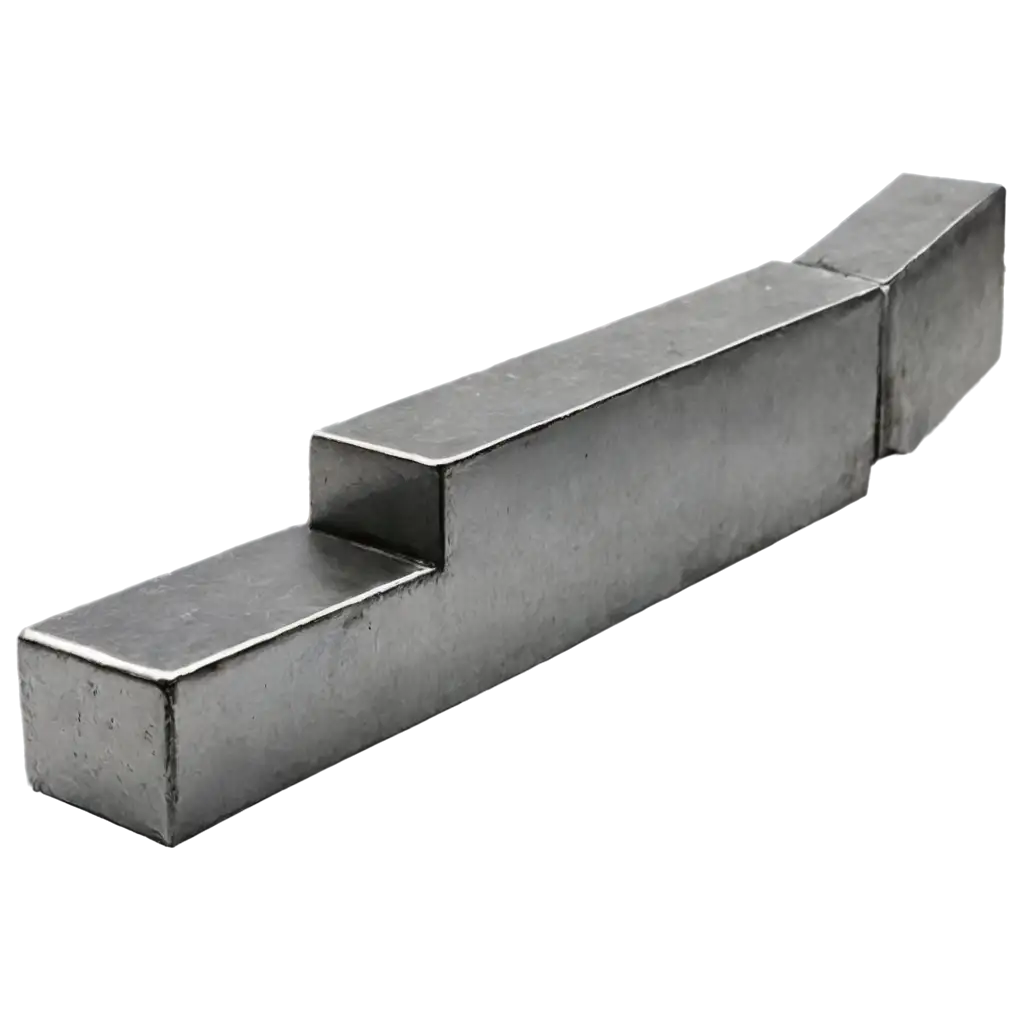
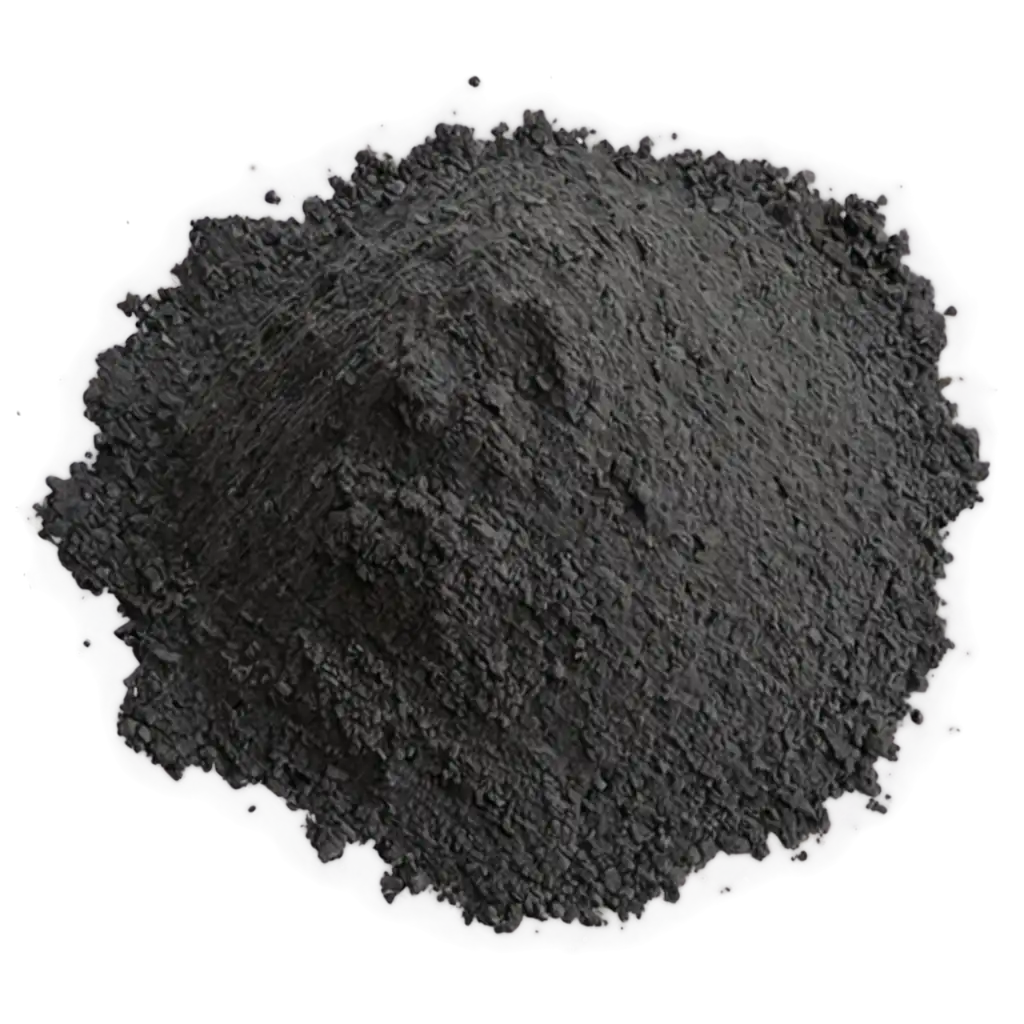
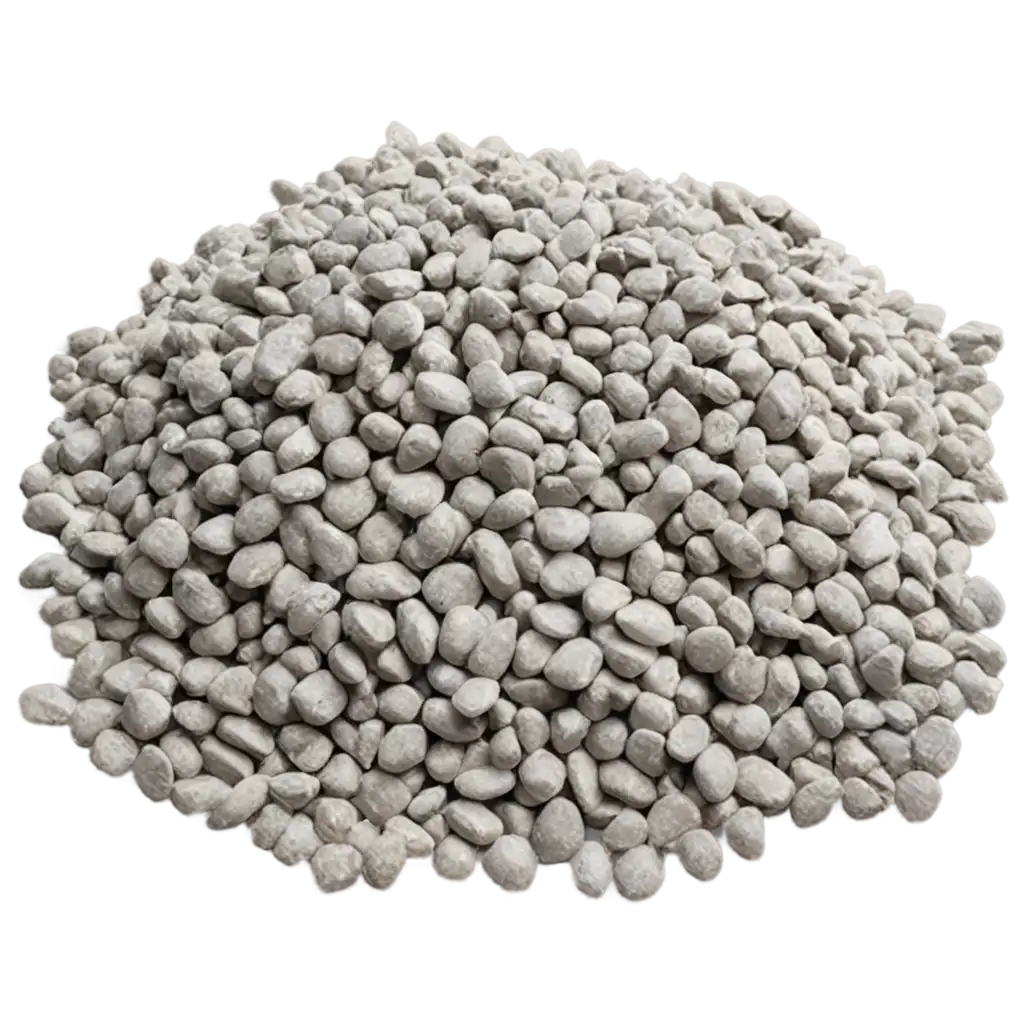
Related Tags
Raw materials form the foundation of manufacturing and production processes, ranging from naturally occurring substances to processed commodities. In the context of AI-generated imagery, raw materials are depicted with unprecedented detail and accuracy, showcasing textures, compositions, and physical properties that might be challenging to capture through traditional photography. These visualizations help industries, educators, and creators better understand and communicate about various materials, from metals and minerals to organic substances and synthetic compounds. The AI's ability to render multiple perspectives and conditions provides valuable insights into material properties and characteristics.
Understanding Raw Materials: From Nature to Industry Through AI Visualization
AI-generated raw material images serve diverse applications across industries. In architecture and interior design, these images provide realistic textures and patterns for material visualization in project renderings. Manufacturing sectors utilize these visuals for product development and documentation. The collection includes representations of metals (steel, aluminum, copper), minerals (ore, stone, sand), organic materials (wood, cotton, leather), and synthetic materials (plastics, composites). Each category features various states and processing stages, from raw extraction to refined forms, enabling comprehensive material studies and professional presentations.
Types and Applications of Raw Material Imagery in Modern Design
The process of generating convincing raw material images through AI involves understanding key visual characteristics such as texture, reflectivity, grain patterns, and surface irregularities. Successful prompts typically include specific details about material properties, lighting conditions, and perspective. For instance, generating metal textures requires attention to shine, oxidation, and surface treatment, while organic materials need careful consideration of natural patterns and imperfections. The AI's ability to render these complex properties has revolutionized material visualization, offering instant access to high-quality representations that would traditionally require extensive photography or 3D modeling.
Creating Photorealistic Raw Material Visualizations with AI
The field of AI-generated raw material imagery continues to evolve, with emerging trends focusing on enhanced physical accuracy and material behavior simulation. Future developments are likely to include dynamic representations showing material responses to environmental conditions, interactive texture generation, and integration with augmented reality applications. These advancements will particularly benefit industries requiring detailed material visualization, such as product design, educational resources, and digital twin technologies. The increasing sophistication of AI models promises even more realistic and versatile material representations, potentially revolutionizing how we visualize and work with raw materials across various sectors.
Future Trends in AI-Generated Material Visualization